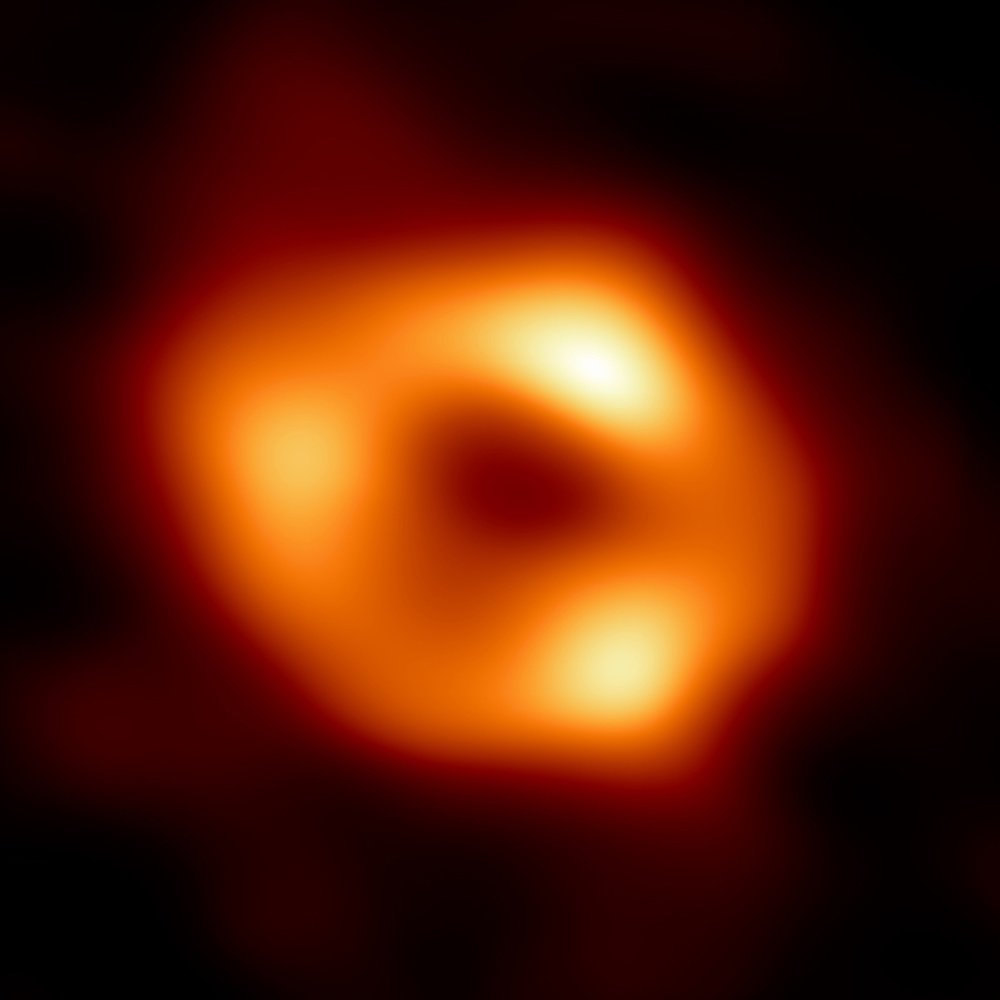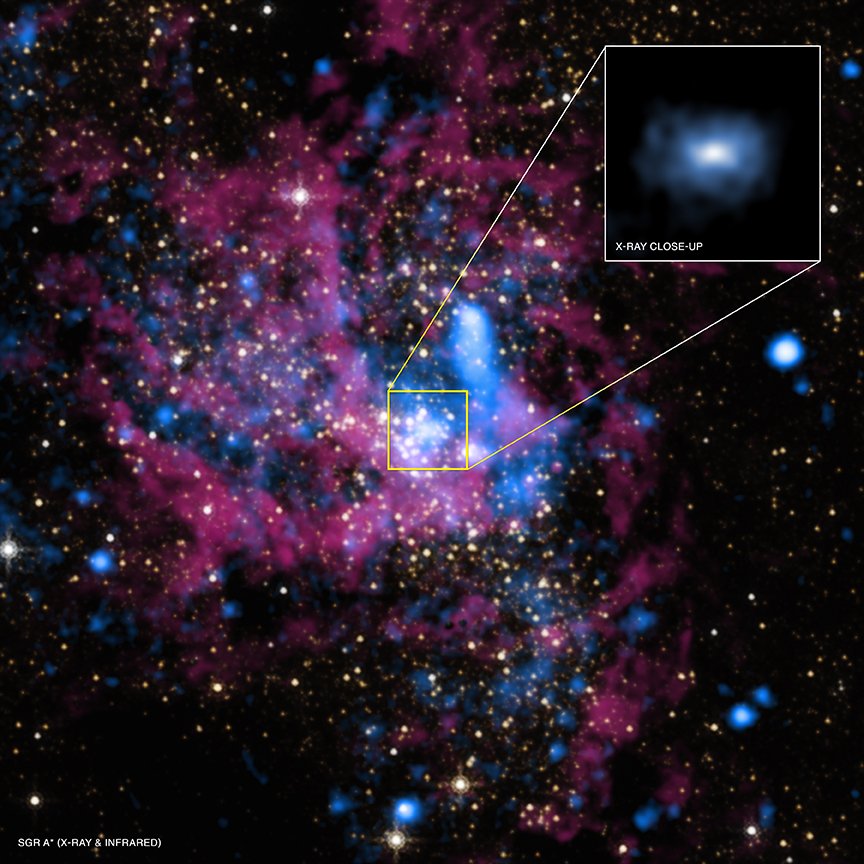Powering Discoveries
Jorge Salazar
Beastly Black Hole
Frontera supercomputer helps us understand the mystery at the heart of our galaxy

Scientists announced in May 2022 the first image produced of the supermassive black hole at the center of our galaxy by the Event Horizon Telescope (EHT).
A data-driven approach combined observations from eight distant radio telescopes to form an Earth-sized interferometer.

"These unprecedented observations have greatly improved our understanding of what happens at the very center of our galaxy and offer new insights on how these giant black holes interact with their surroundings," said EHT Project Scientist Geoffrey Bower from the Institute of Astronomy and Astrophysics, Academia Sinica, Taipei.
The black hole image was made with support by TACC's Frontera supercomputer, the flagship computing system of the National Science Foundation (NSF).
EHT-affiliated scientists were awarded a Large-Scale Community Partnership allocation, which utilized nearly 80 million CPU hours on Frontera.
The community modeling effort was led by Chi-kwan Chan, University of Arizona; Charles Gammie, University of Illinois at Urbana-Champaign; and Christian Fromm, Würzburg University. Frontera and other supercomputers helped them create the largest-ever simulation library of black holes.
"Advanced computing systems like Frontera allow us to use cutting-edge computational science methods to model these complex systems, study the boundaries between order and chaos, and understand what we are seeing with the Event Horizon Telescope,” Chan said.
Researchers also used Frontera, the Open Science Grid, and CyVerse to render physically accurate images and predict how our galaxy's black hole might appear from the vantage point of Earth. Many of these images closely matched the observations from EHT, giving added confidence to the team's results.
“This image is a testament to what we can accomplish, when as a global research community, we bring our brightest minds together to make the seemingly impossible, possible," said NSF Director Sethuraman Panchanathan. "NSF is proud to be an international partner that invests in this innovative research and the infrastructure that makes such fantastic discoveries possible."

